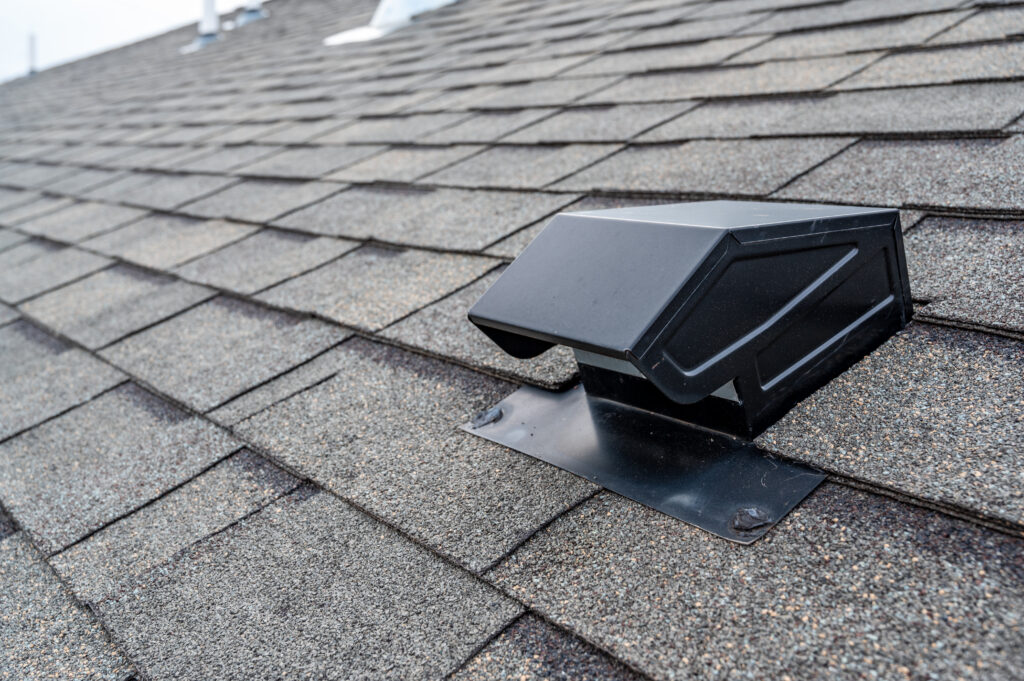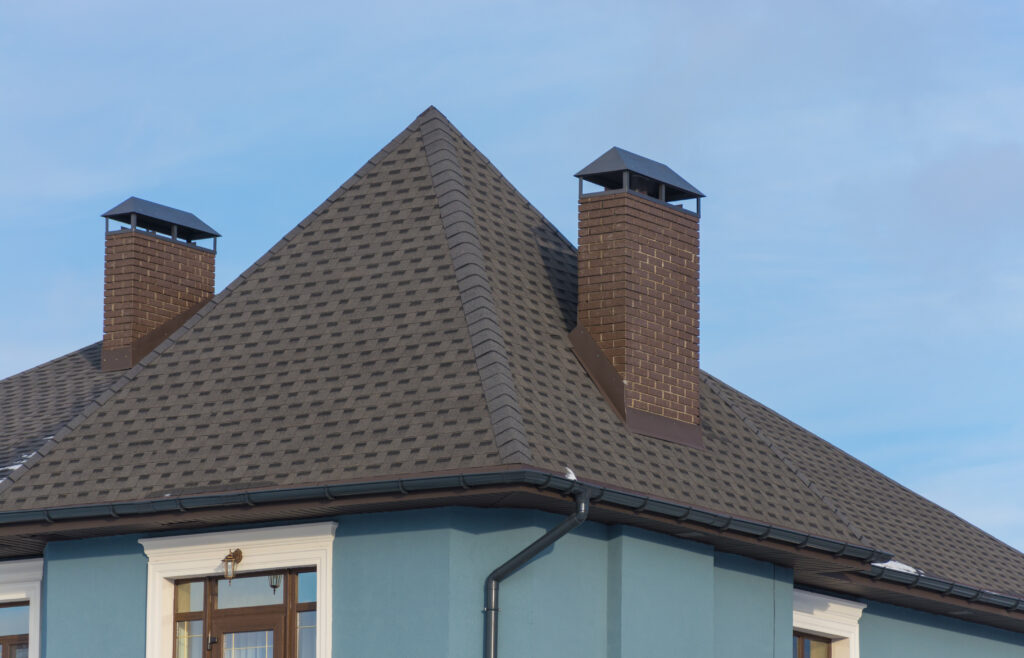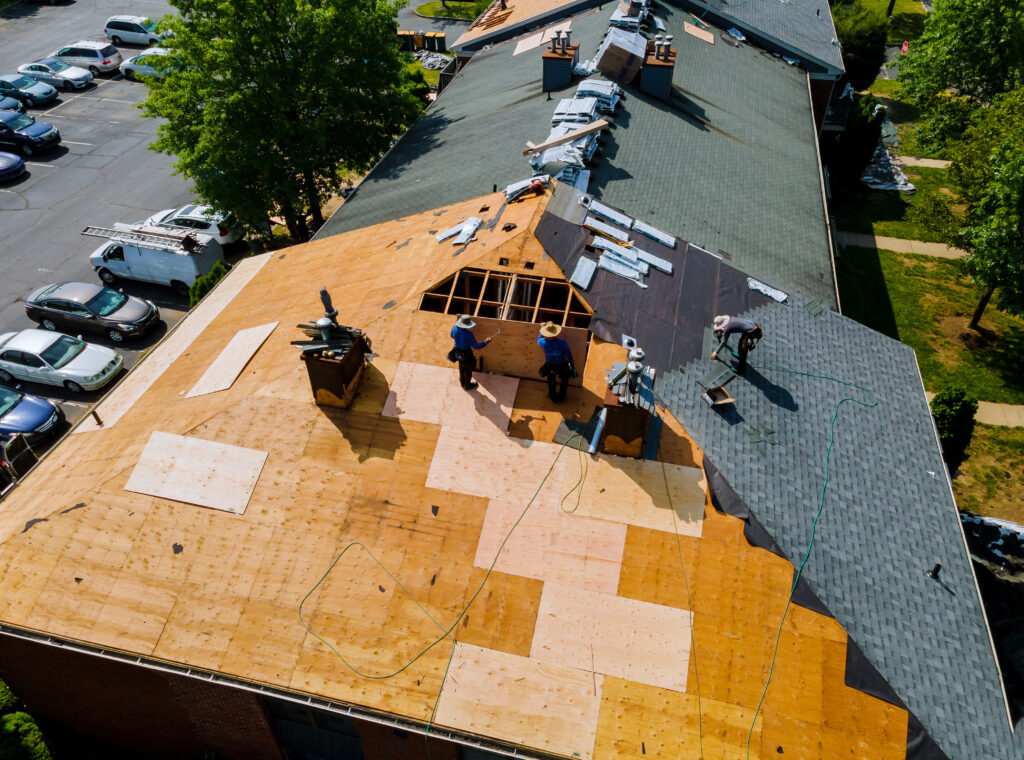When the snow begins to fall, your roof is put to the test. Without proper ventilation, your attic can become a hotspot for moisture and temperature fluctuations, leading to issues like ice dams, mold growth, and potential damage to your roof. Many homeowners don’t realize that roof ventilation plays a significant role in maintaining a healthy roof during winter.
In this blog, we’ll discuss why roof ventilation is essential during the winter months, how it helps prevent common winter roof issues, and what steps you can take to ensure your roof is properly ventilated this season.
1. What Is Roof Ventilation and How Does It Work?
Roof ventilation is a system of intake and exhaust vents that allows airflow through the attic space. The primary purpose is to allow hot air and moisture to escape, preventing condensation and the buildup of heat. Proper roof ventilation keeps your attic cool and dry in winter, preventing ice dams and moisture issues.
In cold climates, poor attic ventilation can cause warm air from inside the house to escape and warm the roof surface. This causes the snow to melt, which then refreezes near the eaves, creating dangerous ice dams. Roof ventilation helps maintain an even temperature, preventing this from happening.
2. How Poor Roof Ventilation Leads to Ice Dams and Damage
Ice dams are one of the most common winter roofing problems caused by inadequate ventilation. Here’s how they form:
- Warm air from the attic heats the roof during the winter, melting the snow.
- The melted snow flows down to the eaves, where the temperature is much colder, causing it to refreeze and form a dam.
- As the ice builds up, it can back up under shingles, causing leaks, water damage, and even structural issues.
By ensuring proper ventilation, the temperature inside your attic remains stable, preventing snow from melting and refreezing. This helps avoid ice dam formation and the damage that comes with it.
3. Additional Winter Roof Problems Caused by Poor Ventilation
Beyond ice dams, inadequate roof ventilation can also cause other serious winter-related issues:
- Condensation: In poorly ventilated attics, warm air from the home can rise and mix with cold air in the attic, leading to condensation. This can cause mold, mildew, and rotting in the attic and roof structure.
- Moisture Damage: Moisture buildup in your attic can damage the insulation, weakening its ability to keep your home warm. Over time, this can lead to increased energy bills and a less comfortable living environment.
- Premature Roof Wear: Lack of proper airflow can cause shingles and roof materials to degrade more quickly, leading to the need for costly repairs or replacement.
4. How to Ensure Proper Roof Ventilation for Winter
There are a few key steps to ensuring your roof is properly ventilated during winter:
- Install Soffit Vents: These allow cool air to enter the attic and ensure proper airflow. Soffit vents should be placed along the eaves for optimal results.
- Add Ridge Vents: Located at the peak of the roof, ridge vents allow hot air to escape, balancing the airflow and keeping the attic temperature stable.
- Consider Adding a Ventilation System: If your attic is poorly ventilated, you might want to consider adding a mechanical ventilation system to enhance airflow.
- Check and Maintain Your Ventilation System: Before the cold weather hits, inspect your attic and roof for any issues with ventilation. Clear debris from vents and ensure there are no obstructions blocking airflow.
Conclusion
Proper roof ventilation is essential to protect your home from common winter problems like ice dams and moisture buildup. By investing in proper attic ventilation, you can ensure your roof stays in great condition throughout the colder months, saving you from costly repairs and maintaining a comfortable living environment. For expert roof inspections and ventilation services, contact TriState Exteriors today!
Contact Tri-State Exteriors today to learn more about the best siding options for your home and how we can help you reduce energy costs while improving your home’s curb appeal.




